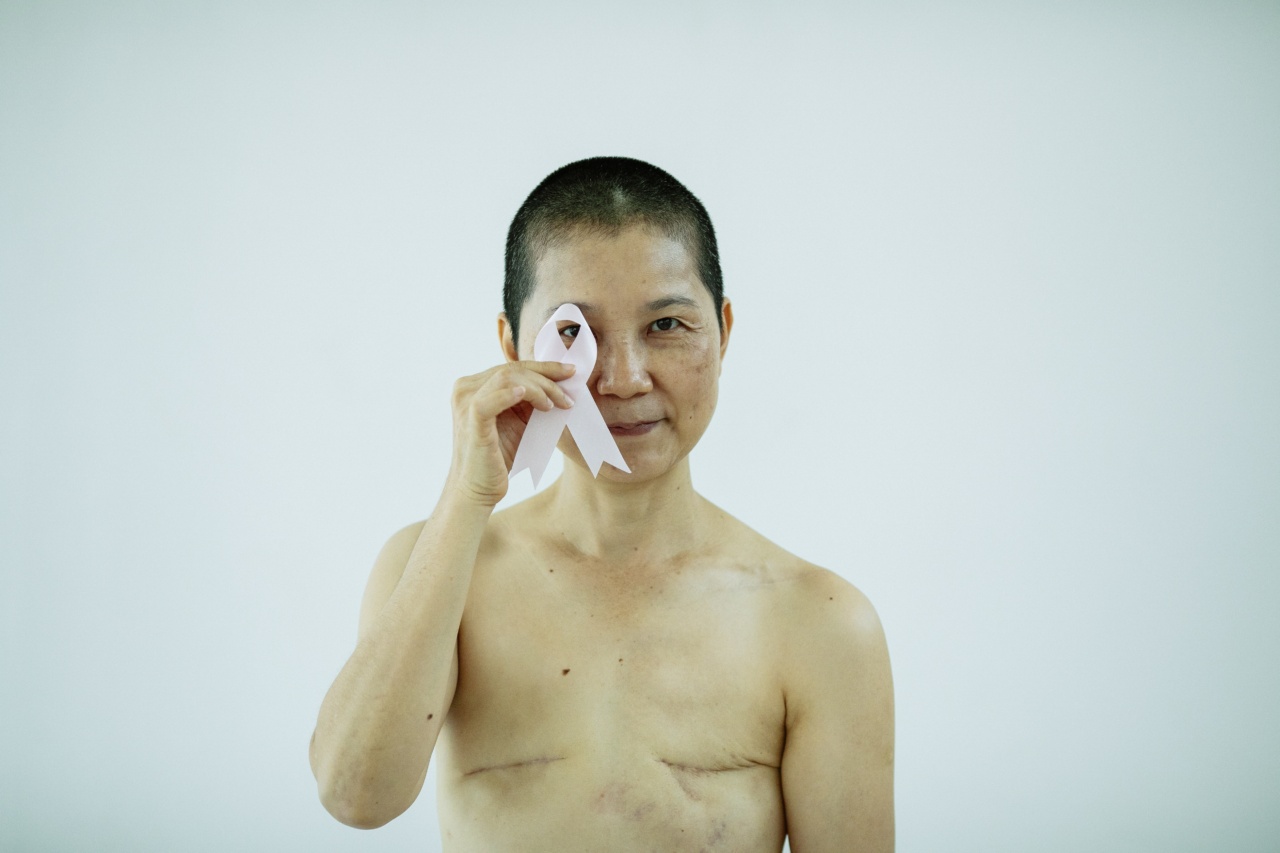Breast cancer is one of the most common types of cancer in women worldwide. Early detection and accurate diagnosis play a pivotal role in the successful treatment of this disease.
Medical researchers are constantly seeking innovative methods to improve the accuracy and efficiency of breast cancer diagnosis. In recent years, an unexpected ally has emerged in the field of cancer research – pigeons.
Unleashing the Power of Pigeons
Pigeons, often dismissed as a nuisance or a mere symbol of cities, possess remarkable visual capabilities. They have been extensively trained and used in various fields, including navigation, search and rescue, and even identifying various objects.
Their exceptional visual memory and ability to discriminate between complex patterns make them ideal candidates for tasks that involve image recognition.
Pigeons and Mammogram Interpretation
Mammograms, X-ray images of the breast, are the most commonly used screening tool for breast cancer. However, interpreting mammograms can be a challenging task even for experienced radiologists.
Studies have shown that radiologists may miss up to 30% of breast cancer cases on initial readings. This high rate of false negatives can significantly impact patient outcomes.
To address this issue, researchers at a prominent medical institute sought to determine whether pigeons could contribute to more accurate mammogram interpretation.
The idea emerged from previous studies that demonstrated pigeons’ ability to distinguish between benign and malignant tumors in laboratory conditions.
Training the Pigeon Detectives
In the study, a team of researchers trained pigeons to identify abnormal patterns in mammograms.
Pigeons were rewarded with food pellets for correctly identifying mammograms with suspicious or cancerous lesions and ignoring mammograms without abnormalities. The training involved thousands of images and feedback loops to gradually refine the pigeons’ ability to accurately recognize breast cancer indicators.
Impressive Performance
The results of the study left researchers astonished. The trained pigeons were able to successfully identify breast cancer cases in mammograms with an accuracy rate of 85%.
This performance was comparable to that of expert radiologists who had extensively specialized in breast cancer diagnosis. The pigeons consistently outperformed general radiologists in identifying breast cancer, marking a groundbreaking discovery in the field of breast cancer diagnosis.
Unveiling the Pigeons’ Image Recognition Abilities
Researchers delved into understanding the pigeons’ image recognition abilities that contributed to their impressive performance.
A series of experiments revealed that pigeons paid particular attention to specific textural patterns and architectural distortions in mammograms. These patterns were often subtle and challenging to detect, but the pigeons seemed to excel at identifying them.
Further investigations uncovered that pigeons’ visual capabilities were due to an intricate network of neurons in their brains, specifically in the medial entorhinal cortex area.
This region of the brain is responsible for processing spatial memory and pattern recognition. The pigeons’ unique neural architecture enables them to excel in recognizing complex patterns and subtle abnormalities, making them valuable contributors to breast cancer diagnosis.
Challenges and Future Perspectives
While the findings of this study are exceptionally promising, there are challenges that need to be addressed before this method can be implemented in clinical settings.
Scaling up the training process to accommodate the growing number of mammograms and ensuring consistency across different cases are crucial aspects that require further research.
Nevertheless, the potential benefits of incorporating pigeons into breast cancer diagnosis cannot be ignored.
The low cost, scalability, and remarkable accuracy demonstrated by these avian detectives make them a viable adjunct to current radiological practices. Moreover, the pigeon-based approach may also serve as a powerful tool in regions with limited access to specialized radiologists or advanced technology.
Conclusion
Pigeons, a species often overlooked or dismissed, have showcased their incredible potential in the field of breast cancer diagnosis.
Their exceptional visual capabilities and image recognition skills have led to groundbreaking results, rivaling those of expert radiologists. Further research and development in this area hold the promise of improving early breast cancer detection rates and ultimately saving countless lives.



























